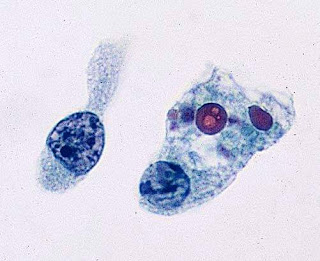Blog 115: Platelet receptors and process of adhesion,aggregation
Blog 115: Platelet receptors and process of adhesion,aggregation
In this blog I will discuss about the structures of platelets including its surface receptors,their functions along with the role of this receptors in the processes of platelet adhesion and aggregation.
Now, a platelet is an anuclear cellular particle generated from the large cell megakaryocyte residing in bone marrow. It helps in the process of hemostasis. Adhesion and aggregation are two of the important steps of hemostasis.
It is the process of attachment of platelets to the vessel wall. Injury causes breach in the continuity of the endothelial lining in vessel wall and that exposes the sub-endothelial collagen.Now the platelets begin to attach themselves to the vessel wall.This process is known as adhesion. The process of adhesion is completed with the help of the receptor GpIb and bridging molecule Von willebrand factor(vWF).
The process of adhesion can be mediated another receptor called GbIa, but there is no need for vWF.
Adhesion of platelets leads to activation of platelets, that causes change in the structure from spherical to spiky.Also there will be some release of factors like-ADP, platelet factor4, Platelet derived growth factor(PDGF),TxA2 etc.
In the process of aggregation, platelets are attached to one another.The process of aggregation is mediated by the receptor GpIIb/IIIa. Here the bridging molecule is Fibrinogen.Aggregation of platelets to one another leads to formation of platelet plug.
For better understanding watch the following video on YouTube:





Comments
Post a Comment
Thank you for posting your comment.Your question will be answered soon.